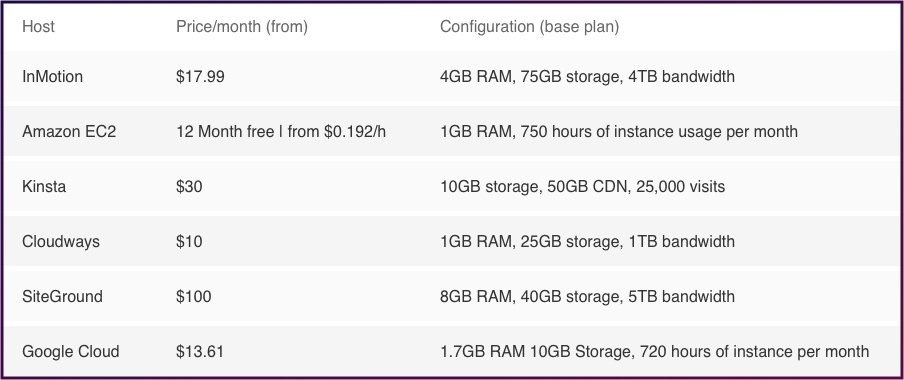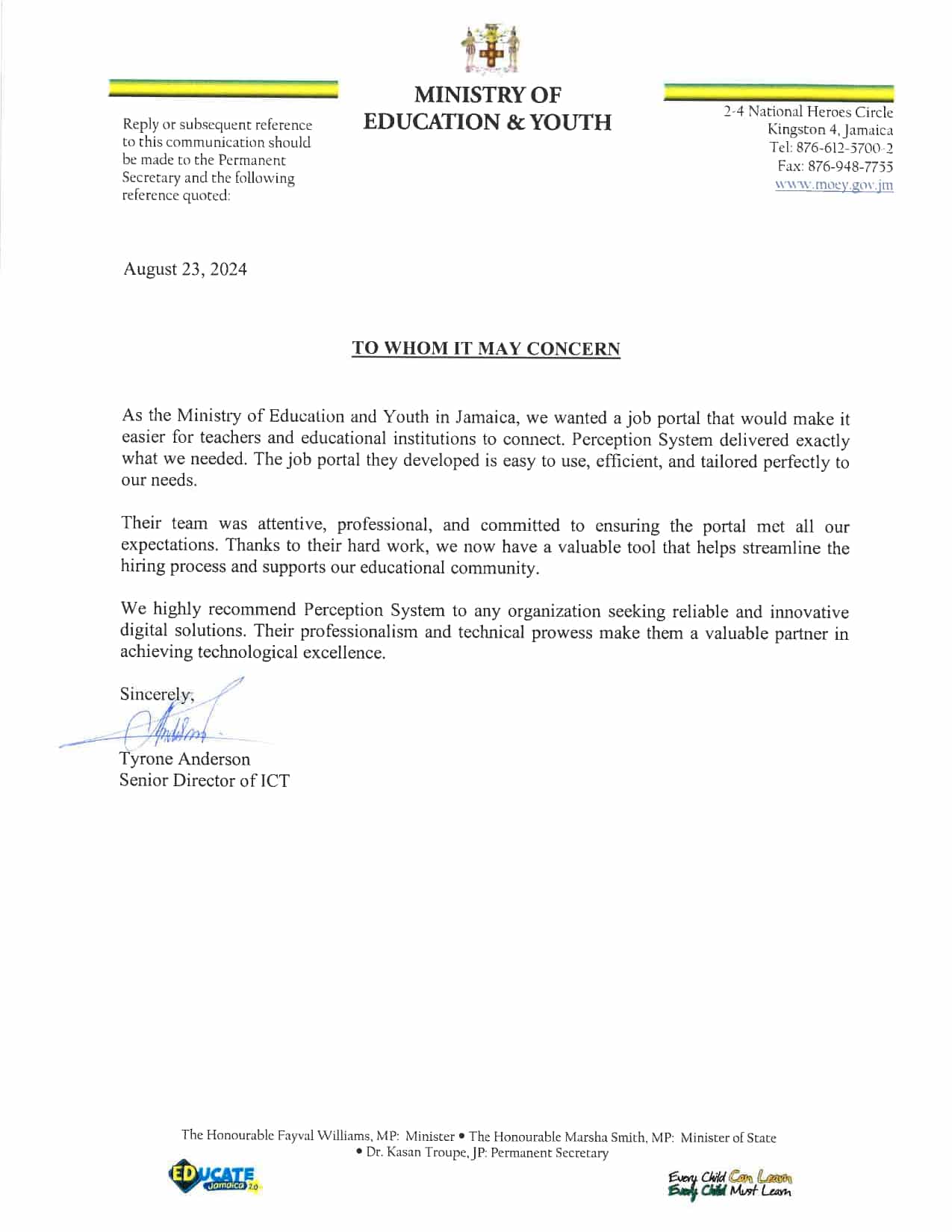It is known that WordPress is the most popular open-source blogging and content management system (CMS) framework. Based on PHP and MySQL, it is the most used content publishing platform. Started just as a blogging platform, today WordPress powers millions of websites. It is continuously evolving as a CMS for small blogs to enterprise websites.
Table of contents:
Prerequisites Easy & Robust Architecture for WordPress on AWS Cloud Server Hosting a ready WordPress website on AWS EC2 How to host and configure a WordPress instance on AWS Lightsail WordPress Best Practices on AWS Cloud
Monitoring with CloudWatch Logs
Scaling on LightSail
Offloading Files to Improve Speed
Security Certificates

Source: https://www.idc.com/getdoc.jsp?containerId=prUS47685521
Thanks to the huge cloud web services supporting WordPress on-demand cloud hosting globally with a large set of Server Infrastructures, APIs, and web services, that constantly expanding WordPress as a highly capable CMS solution. The power of WordPress as a content platform can be more leveraged using advanced cloud storage servers like AWS.
Combining WordPress with AWS cloud can serve unmatched capabilities. AWS cloud server can provide massive global cloud infrastructure to ensure your website runs smoothly during high-traffic surges. It instantly scales as needed with increased workloads.
Now let’s deep dive into how to install WordPress on AWS Cloud. We will go through some technical details to explain the overall configuration.

Source: https://www.codeinwp.com/blog/best-cloud-hosting-providers-wordpress/
Prerequisites
When you are ready to start, at first you will need to register for AWS. The process starts by creating and verifying your AWS account using a credit card. You will be charged $1 and receive a verification code via SMS.
Now, select the free support plan and get ready. You will get access to your console and the journey starts.
Hire on-demand dedicated developers of desired skill & experience.
Easy & Robust Architecture for WordPress on AWS Cloud Server
AWS provides various options for provisioning virtual machines. There are three ways you can host your WordPress website on AWS server
Amazon Lightsail
Amazon Elastic Compute Cloud (Amazon EC2)
AWS Marketplace
Amazon Lightsail is a service that allows you to quickly launch a virtual private server (A Lightsail instance) to host a WordPress website. Lightsail is a good option to get started at the initial stage if you are not willing for highly configurable instances.
The second option that AWS provides is the Amazon EC2. It allows resizable compute capacity so you can launch a virtual server just in a few minutes. It provides more options than the Lightsail, like higher configuration and management, which is suitable for more advanced architectures. You can easily install any software package, including WordPress, using your administrative access.
AWS Marketplace is a digital catalog with a huge listing from independent software vendors, where you can find, buy, and quickly deploy software that runs on AWS. Preconfigures WordPress images can be directly launched to Amazon EC2 in your AWS account using 1-Click deployment just in a few mins. You can find a number of vendors that offer ready-to-launch WordPress instances.
Hosting a ready WordPress website on AWS EC2
In this section, you will learn how to deploy and host WordPress on an AWS server. While hosting WordPress, for a production workload with minimal management responsibilities, you need to implement an architecture. You can use AWS ElasticBeanstalk and Amazon Relational Database Service (RDS) to accomplish this.
Elastic Beanstalk automatically handles everything from deployment, capacity provisioning, load balancing, auto-scaling and health monitoring once you have uploaded the WordPress files. Amazon RDS is cost-effective and provides resizable capacity. It is capable of managing time-consuming database administration tasks for you.
You can know in more detail about deploying a WordPress Website on AWS using this link.
How to host and configure a WordPress instance on AWS Lightsail
We would recommend using Lightsale to get started for developers, small online businesses, students and other users who are looking for a simple virtual private server (VPS) solution. It abstracts many complex elements of infrastructure management away from the user.
So, for beginners with less requirement and infrastructure experience, it is an ideal solution. As at this stage you need to focus on running your website with just a few products and comparatively fewer data or content. Using Amazon Lightsail, you can deploy and configure WordPress with a single click choosing operating systems like Windows or Linux/Unix.
You can smoothly extend and connect to additional AWS database, object storage, caching, and content distribution services as your needs grow.
Below is the Implementation guide for deploying a WordPress Website with Lightsail:
WordPress Best Practices on AWS Cloud
As your site keeps growing it makes more sense to use AWS cloud leveraging its powerful advantages. Continue reading to know some best practices to host WordPress on AWS.
Monitoring with CloudWatch Logs
Amazon CloudWatch Logs stores all your monitoring data in one central location. Files can be saved, managed and accessed from Amazon Elastic Compute Cloud (EC2) instances, Route 53, and AWS CloudTrail, among others. You can correct problems by searching and filtering the information.
Scaling on LightSail
Scalability is essential to the success of your website. Small websites typically start on the AWS LightSail server, but if your traffic snowballs, you’ll quickly reach the established limit.
Fortunately, Amazon prepared for this by building in some helpful features for vertical scaling. Light Sail has an instance feature that can assist you in adding RAM or bandwidth to accommodate higher traffic.
Horizontal scaling requires more planning, but once again, there’s a specific tool to help. This time, it’s the AWS Load Balancer. Adding new servers helps keep things running smoothly with AWS Load Balancer.
Offloading Files to Improve Speed
Static data, like images and video, can bog down your site. Practically you can resolve this issue with offloading.
Amazon S3 (Simple Storage Service) provides a place you can save any amount of data.
It allows you to control your information which you can organize and set rules for accessing them.
WordPress also offers a plugin called W3 Total Cache that can optimize your storage. This add-on provides an improved experience for site users by increasing performance and reducing load times.
Security Certificates
You need to install an SSL/TLS certificate on your website to ensure that it remains secure. If you are dealing with financial transactions on your website, you must pay for it.
Temporarily you can go for the free ones, but free certificates typically expire after 90 days, so you need to renew them again.
Hire dedicated team for your next web development project.
Conclusion
Both WordPress and AWS are leaders in their areas. The combined use of these platforms have many benefits and is increasing day by day. WordPress offers seamless content publishing and management, while AWS offers better uptime, speed, scalability, and security than shared hosting.
AWS presents many architecture options for running WordPress. The easiest option for low-traffic websites is a single server installation. For high-traffic and complex websites, site administrators can go for more advanced options to maintain scalability and a seamless experience.
It depends on the features needed to fulfill the requirements and budget. If still you have confusion and want to know more, connect with us any time. We are an official AWS certified consulting company with years of experience in WordPress development.





